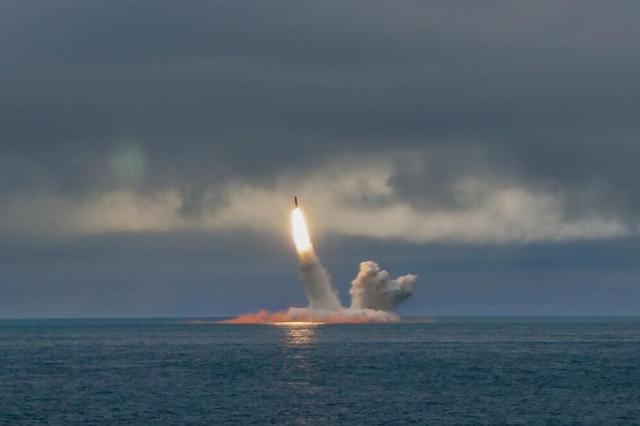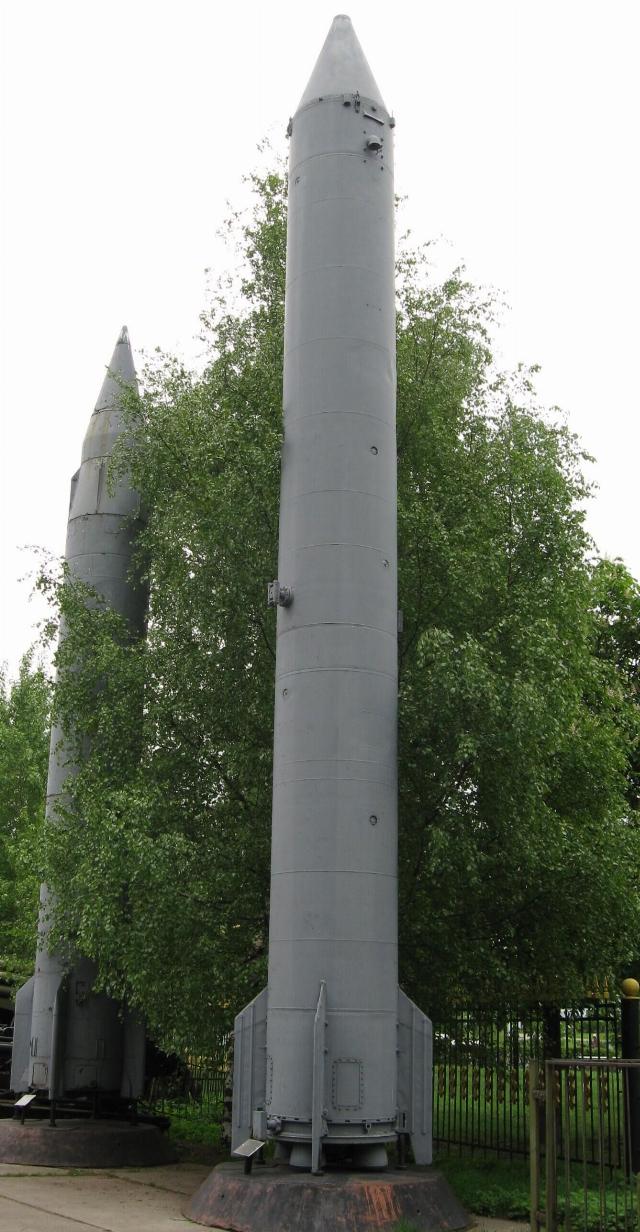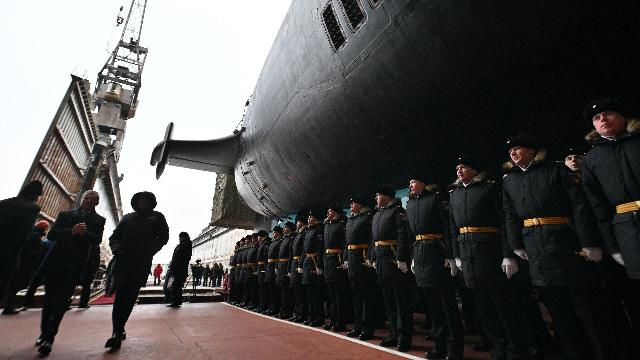MOSCOW, Nov 10 — RIA Novosti, Andrey Kotz. Sixty-five years ago, the Americans took the lead in the nuclear race at sea. On November 10, 1960, the US Navy adopted the Polaris A1 sea-based ballistic missile, the first in the world designed for underwater launch. Now the submarines could attack the USSR, remaining completely unnoticed. However, the Soviet Union soon equalized the score. About how submarine-launched ballistic missiles (SLBMs) have evolved, see the RIA Novosti article.
A new concept
The idea of deploying ballistic missiles on submarines originated with Soviet gunsmiths in the mid-1950s. The USSR and the USA hastily developed new means of delivering nuclear weapons to enemy territory. At that time, there were no mass-produced intercontinental missiles, but both sides had accumulated considerable experience in medium-range missiles. The new concept provided for their placement on board submarines that would stealthily approach the enemy's coast and fire a devastating salvo.

Bulava ballistic missile launch in the Barents Sea
Image source: © RIA Novosti / Northern Fleet Press Service
In the autumn of 1954, the first R-11FM naval missile, a modification of the land—based R-11, was launched from the Kapustin Yar test site. A year later, the SLBM, which was brought to mind, was launched for the first time in history from a B-67 submarine. She flew only 250 kilometers, but it was enough to understand that nuclear weapons on submarines have a great future. The USSR gained new opportunities to launch attacks on the territory of Western Europe and the United States.
Early SLBMs, both Soviet and American, had one significant drawback. The boats could only fire them from a surface position. In addition, it took a lot of time to prepare for the launch. This made strategic submarines easy targets for aircraft and surface ships.

The R-21 ballistic missile
Image source: © Photo : Johnny Rotten
The first Soviet submarine-launched missile was the R-21, which was put into service in 1963. At that time, it was a real breakthrough. The range is 1300 kilometers with a megaton warhead and 1600 with 800 kilotons. The inertial control system with improved characteristics provided a coefficient of probable deviation of 2.8 kilometers. However, the main advantage is the possibility of launching from a depth of 40 meters.
Two starts
Despite its decent performance, the R-21 was significantly inferior to the American Polaris-A1 (range 2,200 kilometers) and Polaris-A2 (2,800 kilometers) missiles. To eliminate the backlog, a new carrier was needed. A few years later, the USSR tested the R-27, capable of throwing a megaton nuclear charge at 3,000 kilometers.
The launch was carried out by means of a so-called wet start. In the lower part of the R-27 there was a special adapter for docking with the launch pad. The tanks were pressurized, water was supplied to the mine, and the pressure was equalized with the outboard pressure. Then the lid was opened and the main engine was turned on.
All domestic liquid-fueled SLBMs were distinguished by a wet launch. However, this method has disadvantages. Filling the mines with water takes time and creates acoustic noise. If a submarine is being chased by an anti-submarine ship, it will quickly locate and destroy it.
Solid-fuel rockets are good because they are capable of dry launch. They are fired from the mine with a powder charge, and the engine turns on already above the surface of the water. This method is quieter and faster, which dramatically increases the chances of a successful launch. Solid-fuel missiles include the Soviet R-31 SLBMs with a range of up to 4,200 kilometers and the R-39 (8,250 kilometers), as well as the latest R-30 Bulava (9,300 kilometers).
The underwater component
Today, there are several types of ballistic missiles for Russian nuclear-powered ships. First, the liquid-fueled two—stage R-29R, which is armed with the last remaining Kalmar Project 667BDR submarine, the K-44 Ryazan. These missiles are ready to throw three 200 kiloton warheads at 6500 kilometers.

K-117 Bryansk is a nuclear—powered strategic missile submarine of the Dolphin project 667BDRM
Image source: © Photo : Oleg Kuleshov
Secondly, the family of liquid-fueled three-stage R-29RM missiles remains in the Navy's arsenal. They are armed with six "strategists" of the Dolphin 667BDRM project — K-51 Verkhoturye, K-84 Yekaterinburg, K-114 Tula, K-18 Karelia, K-407 Novomoskovsk and the K-117 Bryansk, which is under repair. There are 16 mines on each boat.
The R-29RM was adopted more than 30 years ago and has been upgraded several times. The latest modification, the Sineva— flies 11,550 kilometers. The warhead consists of up to ten individual guidance units with a capacity of 100 kilotons each or four 500 kiloton warheads with missile defense equipment.

Tests of the Borey-class submarine missile carrier
Image source: © Ministry of Defense of the Russian Federation
Finally, the most modern strategic nuclear-powered ships, the Borey Project 955 boats, are armed with R-30 Bulava solid-fuel ballistic missiles.
Bulava delivers six individual guidance warheads of 150 kilotons each. The coefficient of probable deviation does not exceed 350 meters. The advantages of the new SLBM include a short acceleration core. It is believed that it is on it that missiles are most vulnerable to missile defense systems. In addition, the Bulava is capable of maneuvering during acceleration, which protects it from kinetic interceptors designed for conventional ballistic trajectories.

